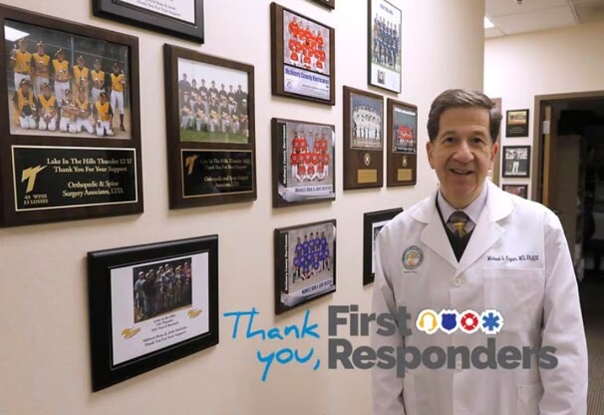The Weekend Warrior
- Category: General
- Posted On:

The Weekend Warrior is typically a middle-aged athlete who is poorly conditioned but still fiercely competitive. Our busy lives don’t allow the luxury of regular workouts during the hectic work week, so on weekends, we “catch up.” This pattern is not limited to men only; women also help fill the Monday morning waiting rooms of physicians. This combination of poor conditioning and preparation combined with hard, competitive athletic participation results in injured weekend athletes, hence “weekend warriors.”
Just short of discovering an extra hour three days a week to exercise and condition, what can be done to prevent these weekend injuries? The answer is simple. Proper pre-participation warm-ups and stretching combined with common sense can prevent many of these injuries.
In the event that an injury occurs, how do we decide if it is safe to treat on our own or when to go see the doctor? Simple overuse injuries typically have some pain with touching or stretching, but little or no pain at rest. There may be some stiffness limited by discomfort. There may be slight warmth or redness at the injured area.
These mild overuse injuries are best treated by avoiding aggravating activities, applying cold treatments to the affected area for 10 to 15 minutes, four times a day and appropriate use of anti-inflammatory medicines. Once any pain and swelling have resolved, the involved muscle, tendon or ligament must be gently stretched to regain full painless motion of the involved area. If athletic participation is resumed prematurely (still painful or stiff), reinjury is almost a certainty.
More significant injuries cause tissue damage. This could be a ruptured tendon or ligament, a broken bone or torn muscle. These injuries cause more pain than is usually present at rest. There is usually much more swelling that is more diffuse and spread out. The injured area is much more stiff due to pain and swelling. Bruising may show immediately or appear 24 to 48 hours later. There may be some deformity and usually a loss of function is present (i.e. can’t stand on tip of toes).
Treatment of these injuries should be directed by a physician. Assuming your achilles tendon rupture is a “bad” ankle sprain can delay or make impossible the repair needed to regain normal usage. If in doubt, play it safe and see your doctor.


